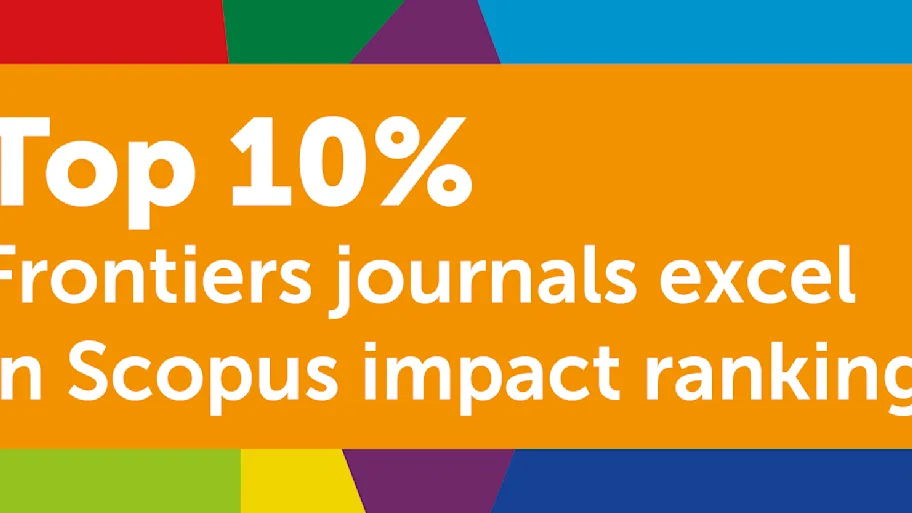
- Science News
- Featured news
- Top articles in 2017: Frontiers in Neuroscience Journal series
Top articles in 2017: Frontiers in Neuroscience Journal series

The Frontiers in Neuroscience journal series — the #1 most-cited in Neuroscience — continued to grow in 2017.
The 14 journals in the series welcomed 1,389 new editors this year, growing the pool of invaluable specialists central to the journals’ peer-review process.
2017 figures* for the series include:
3,350+ published articles from 17,400+ authors
Nearly 20.5 million new article views
More than 3.6 million new article downloads
12,560 editors
Thank you to our editors, reviewers and authors, and here’s to further success in 2018!
Top research in 2017
Browse some of the top 2017 articles from different neuroscience journals and specialties — including exciting new discoveries and insights on the link between neural network structure and function, cognition in elderly people, the involvement of glial cells in psychiatric disorders, and more.
Hottest Research Topics
Paradigm shifts in neuroscience
Minding glial cells in the novel understandings of mental illness
Brain networks for studying healthy and pathological aging mechanisms and intervention efficacy
Neural circuits: China
The winner of the 2017 Spotlight Award was also published in Frontiers in Neuroscience, while another of the ten Research Topic finalists was published in Frontiers in Human Neuroscience:
Top article picks
Cliques of neurons bound into cavities provide a missing link between structure and function
The gut microbiota and autism spectrum disorders
10 Hz amplitude modulated sounds induce short-term tinnitus suppression
Modafinil-induced changes in functional connectivity in the cortex and cerebellum of healthy elderly subjects
Dancing or fitness sport? The effects of two training programs on hippocampal plasticity and balance abilities in healthy seniors
Using virtual reality to assess ethical decisions in road traffic scenarios: applicability of value-of-life-based models and influences of time pressure
Identifying the best times for cognitive functioning using new methods: matching university times to undergraduate chronotypes
Lack of associations between female hormone levels and visuospatial working memory, divided attention and cognitive bias across two consecutive menstrual cycles
Neural basis of video gaming: a systematic review
A statistical analysis of the relationship between harmonic surprise and preference in popular music






